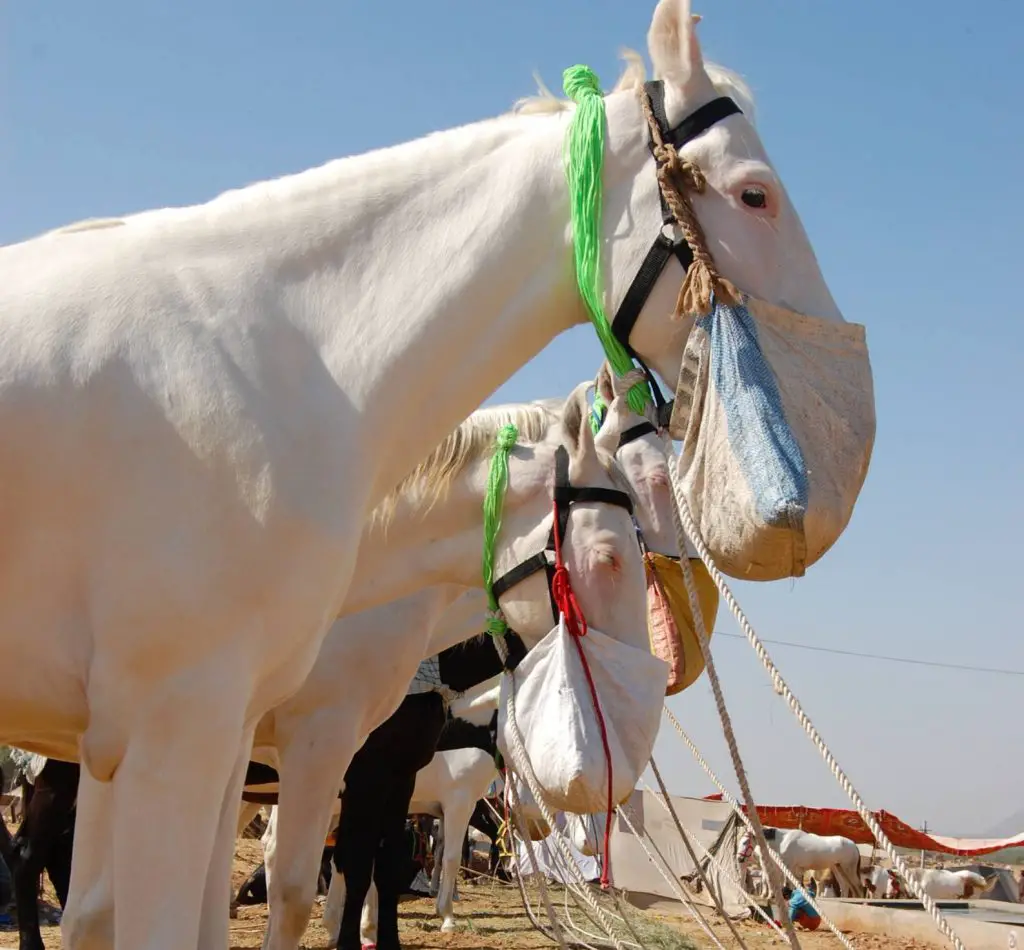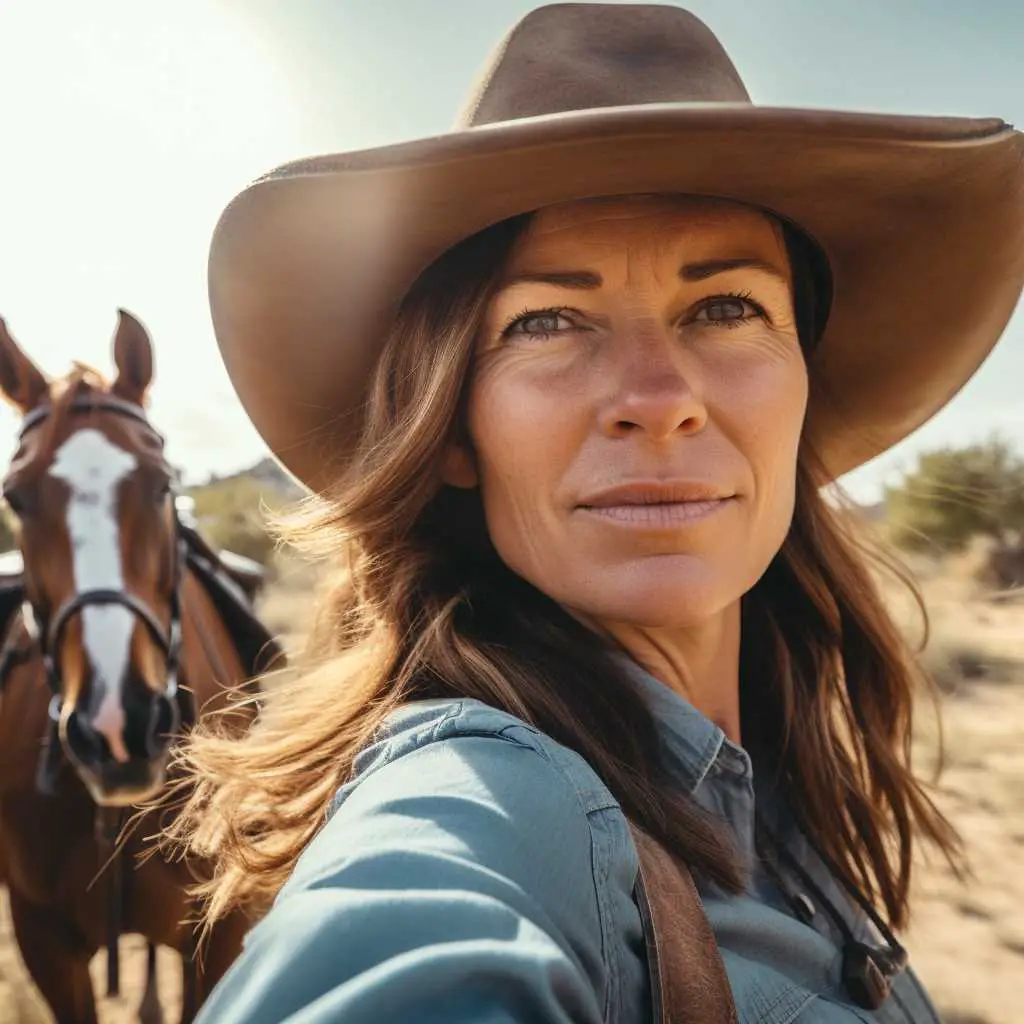Wanna buy a horse, but not sure where to start?
Then let’s learn all the best tips and tricks for how to buy a horse – yay!
We’ll give you a TON of expert advice and walk you through the whole process.
So once you’re done reading – you can go horse shopping with confidence!
Let’s get to it.
Table of contents
- Advice for first-time horse buyers
- Are you cut out to be a horse owner?
- What sort of horse should you look for?
- Where should I buy a horse from?
- How to search for a horse online
- Leasing
- When’s the best time to buy a horse?
- Best websites to look for horses
- 21 tips for viewing horses
- How to negotiate the price
- What type of vet check do you need?
- Final thoughts
Advice for first-time horse buyers
Research and use your head
Buying a horse is a huge deal and there’s a lot to think about.
It’s way too easy to get over-excited and let your heart rule your head. But that often leads to heartache and tears.
Horses are not cheap to buy or to keep – so it’s important to do a fair bit of research (and put your smart pants on!) before you buy.
Trust is important
There are lots of pitfalls to avoid. The main one being untrustworthy sellers.
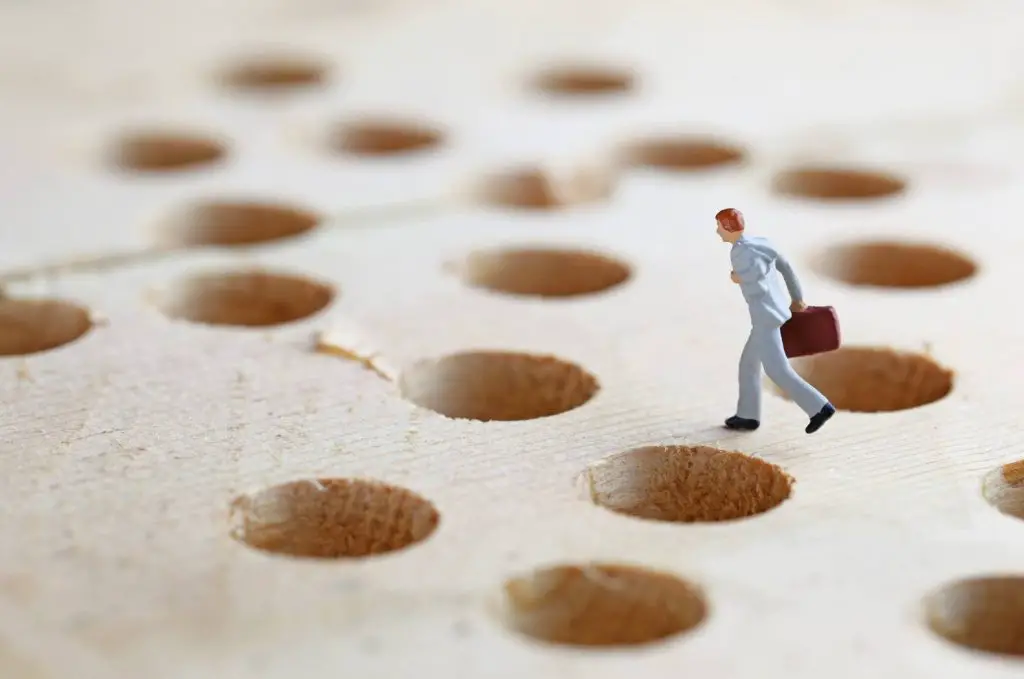
Even good sellers will downplay flaws and draw attention to positive features.
This is normal.
But unfortunately, there are lots of sellers who will drug horses before you come to see them. They may also outright lie, or try to pressure you into a sale.
That’s why it’s important to buy from a seller with a great reputation or from someone you can trust.
Use local resources
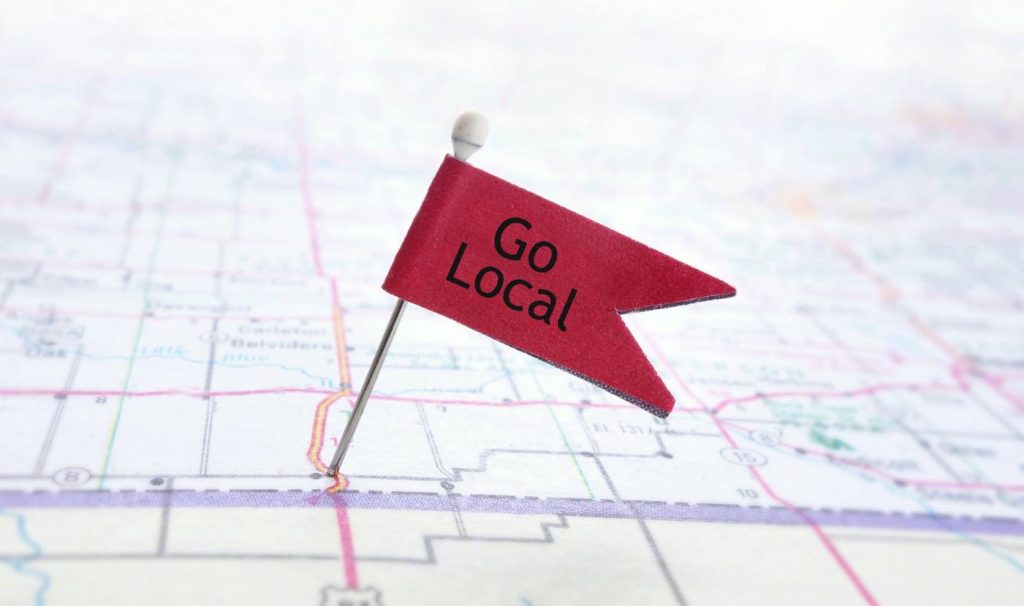
How do you find the best sellers? Ask around within the local community.
Many great horses get sold by word of mouth without ever being advertised!
Instructors, fellow horse owners, and even feed and tack stores may have some useful information or a recommendation for you.
If you can’t get a recommendation – the next best thing is to check out reviews and forums.
Never give in to pressure.
If a horse you like sells before you’ve had a chance to think things through, then honey it wasn’t meant to be!
If a horse is meant for you, the universe will do everything in its power to make sure you end up together.
So, if things aren’t flowing – take that as a sign and move on.
Be patient till you find “the one”.

Finding the right horse is a bit like dating.
Your perfect match is going to be a horse that meets your individual needs.
To find the right horse, you need to focus on your abilities and be aware of your strengths and weaknesses as a rider.
Money matters
There are so many costs involved in keeping a horse.
If you want to avoid having to give up your beloved buddy after the first year or 2, it’s crucial to know your finances well.
Be realistic about what you can afford. Be willing to make sacrifices to get a great deal, and don’t go see horses that are way over your budget.
Are you cut out to be a horse owner?
Just because you love horses, doesn’t mean that you should own one.
Don’t get me wrong – owning your own horse is a wonderful experience.
But it’s also a boatload of responsibility and it’s important to know what you’re getting into.
How much time and energy do you have?
Horse ownership is time-consuming and takes a lot of energy.
Remember that this is a commitment that will likely last for many years. So you should think about whether you have the time and energy you’ll need. Not just right now, but also in the future.
How much are you willing to spend?
When you buy a horse you are making a massive financial commitment.
Ask yourself – have I budgeted well? Do I know all the costs involved?
Can I cover boarding, feeding, and vet bills? What about farrier costs, equipment, transportation, and competition costs?
Did I factor in emergency vet fees and insurance?
You can check out our full guide to how much a horse costs and see some budgeting tips if you want to learn more
Are you ready to own a horse?
Before you buy a horse, you should take a lot of lessons.
Why?
Well aside from safety, you need to be sure that this is something you are going to stick with over the long term.
Plus, the more lessons you have, the more feedback you will get.
Your instructor’s feedback is going to be like goldust when it comes to matching you up to a suitable horse.
Before you buy, take as many lessons as you can. Spend as much time as possible grooming, mucking out and caring for horses.
You can easily arrange this as most horse owners will welcome an extra set of hands!
Have you thought about alternatives?
Did you know that owning a horse outright isn’t the only option?
Many people lease horses too.
Leasing can be a great way to enjoy horse riding without taking on full responsibility.
There are many ways to lease, so it’s definitely worth looking into.
You can read more about how leasing works in our section on it below.
What sort of horse should you look for?
First of all, you’ll want to get a breed of horse that works for the activities you’ll be doing.
The horse’s training level should match your current skill level.
You’ll also want to look for a horse that has a good temperament.
The horse you choose should also have the right type of experience for the activities you want to do.
Size and color may also factor in, but these aren’t as important as you might think.
Let’s dive into what sort of horse you should look for in detail.
Behaviour, temperament, and training.
You should always look for a horse with a track record of good behavior.
Calm and gentle horses are going to be much more patient with you. Especially while you are still learning and making mistakes. Plus – more cuddles!
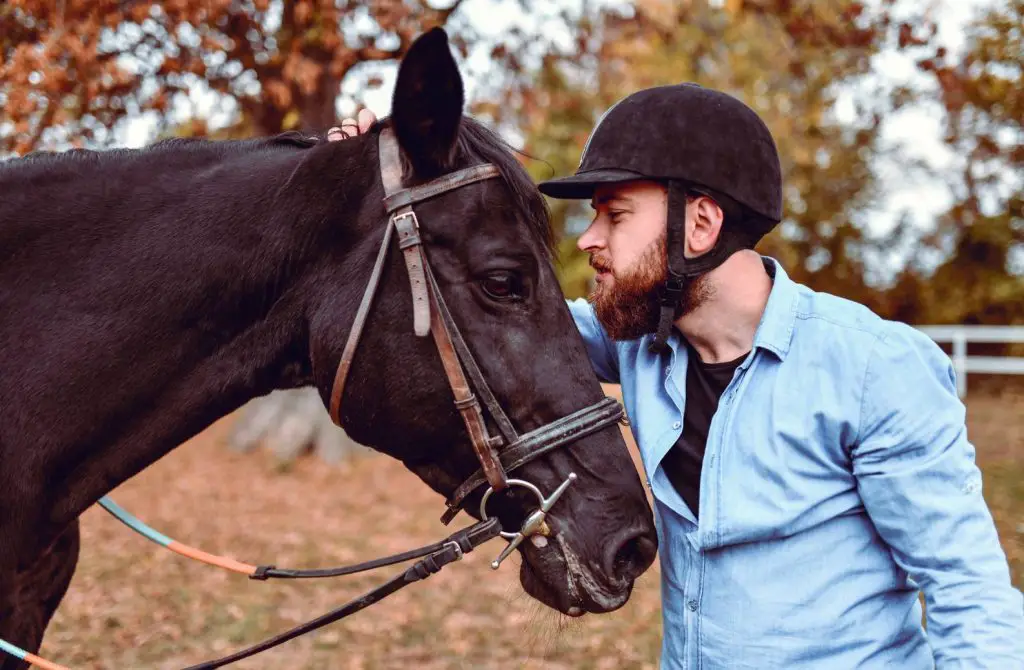
Kicking and/or biting are major red flags. These behaviors are difficult to manage and costly to correct.
It’s especially important for beginners to look for a horse that is well trained.
Horses that have had plenty of training are going to be safer to ride and easier to handle.
If a horse is well trained with a track record of good behavior, the seller will shout it from the rooftops!
Well behaved, fully trained horses do tend to cost more. But it’s well worth the extra to get a horse that’s an absolute pleasure to own.
Before you buy, you should make sure that you can do the following activities without any issues.
- Halter
- Lead
- Groom
- Saddle
- Bridle
- Mount
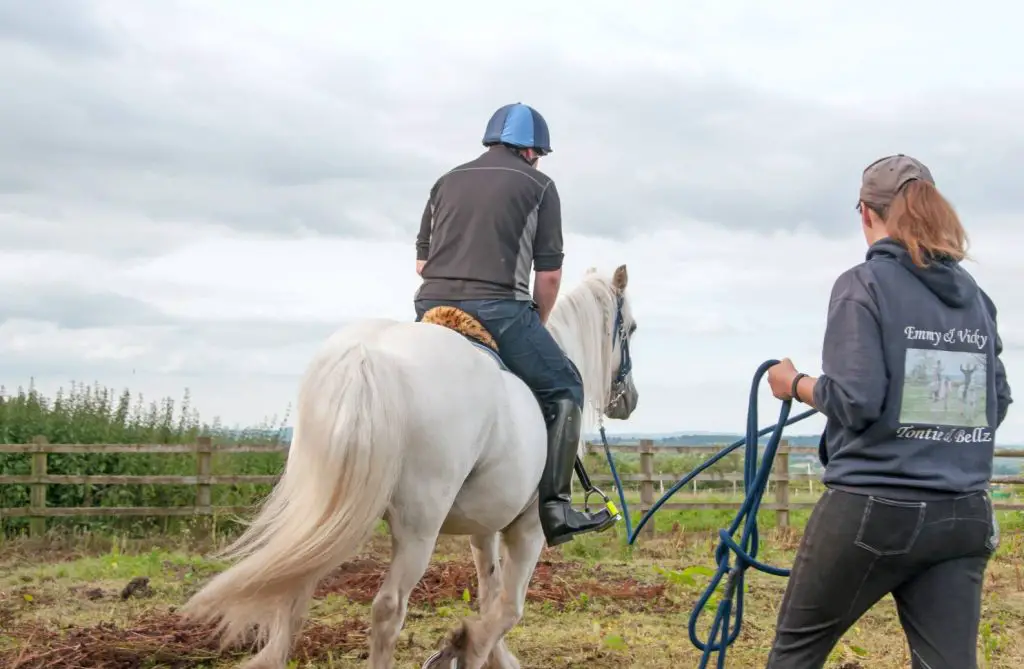
Doing these activities will give you a good idea of the horse’s temperament.
A word of caution! Some sellers will give high-energy or aggressive horses drugs (or calming paste) before you visit.
Always check the horse’s stall for kick marks and signs of chewing/biting.
Age and experience
Ever heard the saying “green and green makes black and blue?”.
It’s common in the horse world.
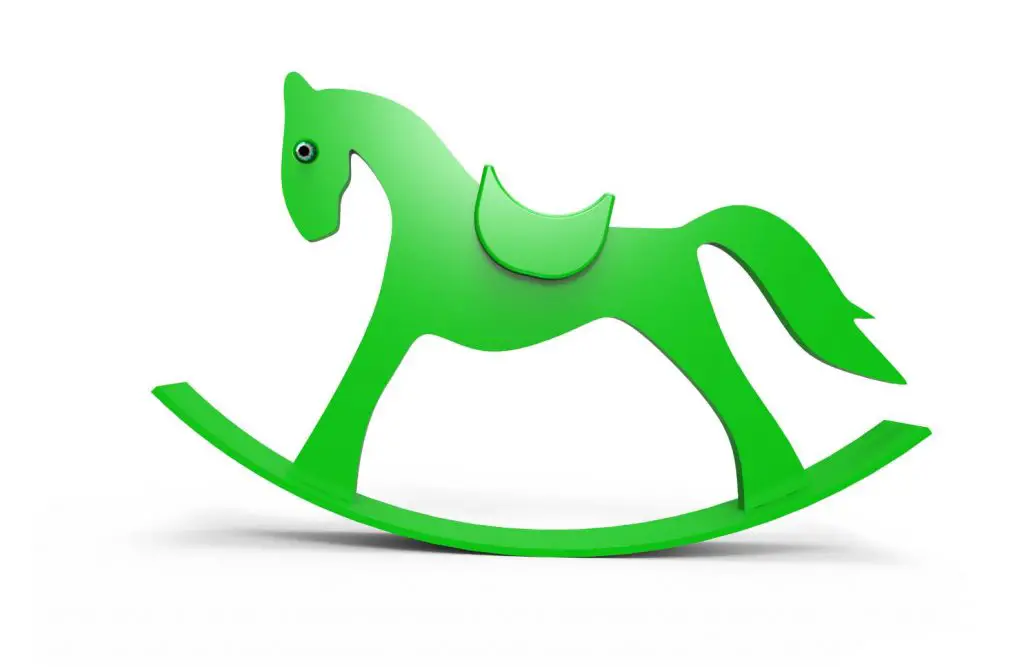
“Green” means inexperienced.
So, if you put a “green” horse (one with very little training) with a “green” or inexperienced rider, what happens?
That rider is going to end up covered in bruises!
Too many people make the mistake of pairing a green horse and a green rider. They do so because they think it’s cute to get a younger horse that can grow up with their child.
A baby horse may sound cute, but it will need a ton of (expensive!) training to become safe and reliable.
The more riding experience and training a horse has had the better!
Can you guess which horses have had the most experience and training?
That’s right – older horses!
For a beginner, an older “been there done that” type of horse is a much smarter choice.
Horses live for 25-30 years, so you shouldn’t overlook older horses!
Just make sure that you get a thorough examination by a vet before you buy.
If you’re smart, you can avoid the trap that everyone else falls into and get an older, more experienced horse.
Not only will you likely get a better deal, but you will have a much happier and pain-free time.
Dismiss any ad that has the word “green” or the phrase “needs finishing” in it. This a clue that the horse is not suitable for a novice or first-time buyer.
The type of experience a horse has had should also factor into your final decision.
It’s no use buying a horse with a ton of competition experience if you want to go trail riding.
And vice versa.
Ask about each horse’s background. Look for one with plenty of experience in the area that makes sense for you.
Color
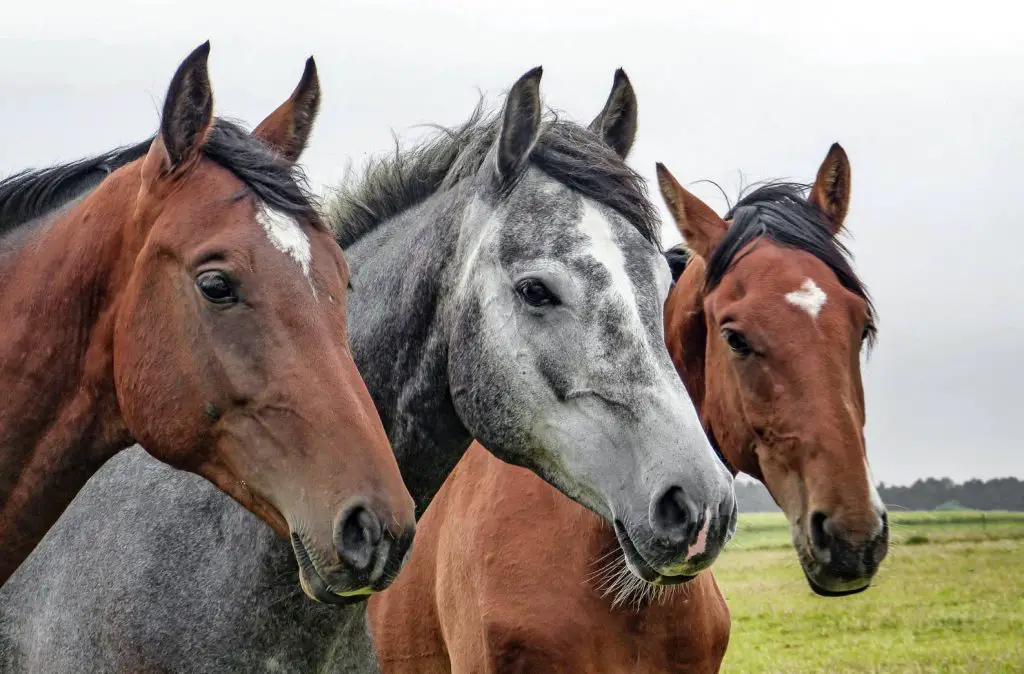
You may well have your heart set on a particular color.
But you should be aware that the most popular colors are going to cost you a fair bit more.
If color is important to you, that’s fine, but it’s a bad idea to buy based on color alone.
Temperament is far more important than color. If you only want to look at dapple grey, palomino, or buckskin horses for example. You could be missing out on a horse that is a great match for you.
Looking at horses in less popular colors (like bay) can be a smart way to save some cash.
It’s fine to have a color preference. But there are far more important things you should focus on. During the viewing process, it pays to look at the horse’s body language and energy over color.
To assess this use your intuition and ask yourself the following questions:
Is the horse walking calmly and quietly?
Does it stay still for grooming?
When you or the seller mounts the horse – does it set off right away or wait for instructions?
Does it seem afraid? Signs of fear may include snorting and eye-rolling as well as backing away.
Breeds
Just like with dogs, different horse breeds have different traits and temperaments.
Horse breeds can be split into 3 main types:
- Hot blooded. Includes large highly responsive and energetic breeds like Arabians and thoroughbreds. NOT suitable for beginners.
- Warm blooded. Includes many of the smaller, common breeds. The American quarter horse, paint horse, Hanoverian, and Tennessee walking horse for example. These make excellent beginner horses because of their size and calm demeanors.
- Cold blooded. Includes large, slow, very calm but heavily built horses. Clydesdale and draft horses for instance. Although calm, their large size makes them less popular for riding than warm-blooded breeds.
For a patient and forgiving horse with a great temperament, try the American quarter horse. Also, look at related breeds like paints and palominos.
However, just because a breed is “calm” doesn’t mean that you are going to get a good-tempered horse.
Each horse is an individual, so there are always exceptions to the rule. Pay attention to the horse’s body language and personality and use your best judgment.
Size
There are no strict rules when it comes to what size horse to buy.
The best way to gauge a horse is the right size for you is to go ahead and sit on it.
How does it feel to mount and dismount?
Can you get on and off without too much trouble?
As long as your feet aren’t way too low under the horse’s barrel (the main part of the horse’s body), you should be fine.
Sizing on horse ads isn’t always accurate, so try not to rule out horses based on the size listed in the ad.
Male or female?
A warning about stallions.
A stallion is a male horse that has not been castrated.
Never buy a stallion unless you know what you are doing. They are not good for beginners.
Stallions are headstrong and often need a firm and experienced hand.
Even the best-trained stallions can be a real handful at times!
Male horses (Geldlings)
A male horse that has been castrated is called a gelding.
Geldings are slightly more popular than mares. This is because females have heat cycles that can sometimes make them a little moody and difficult.
Males typically have more reliable moods and slightly better temperaments.
The earlier a horse is gelded the more likely he is to be calm and steady.
Male horses that are castrated later in life are far less reliable. At worst they could have some of the unwelcome characteristics of a stallion!
Female horses (mares)
As a general rule, females are less aggressive than males. But some (not all) mares can get moody when on heat.
That said, there are plenty of well-behaved mares that don’t become temperamental during their heat cycles.
When a mare is on heat, she may be a little distracted or unwilling to play along. But it’s rare for a mare to become dangerous while on heat.
Where should I buy a horse from?
There are 2 main options for buying horses.
They are:
- Buying at an auction (not recommended for beginners).
Or
- Buying from a private seller (higher chance of finding the right horse).
Let’s go over the pros and cons of each.
Buying a horse at an auction
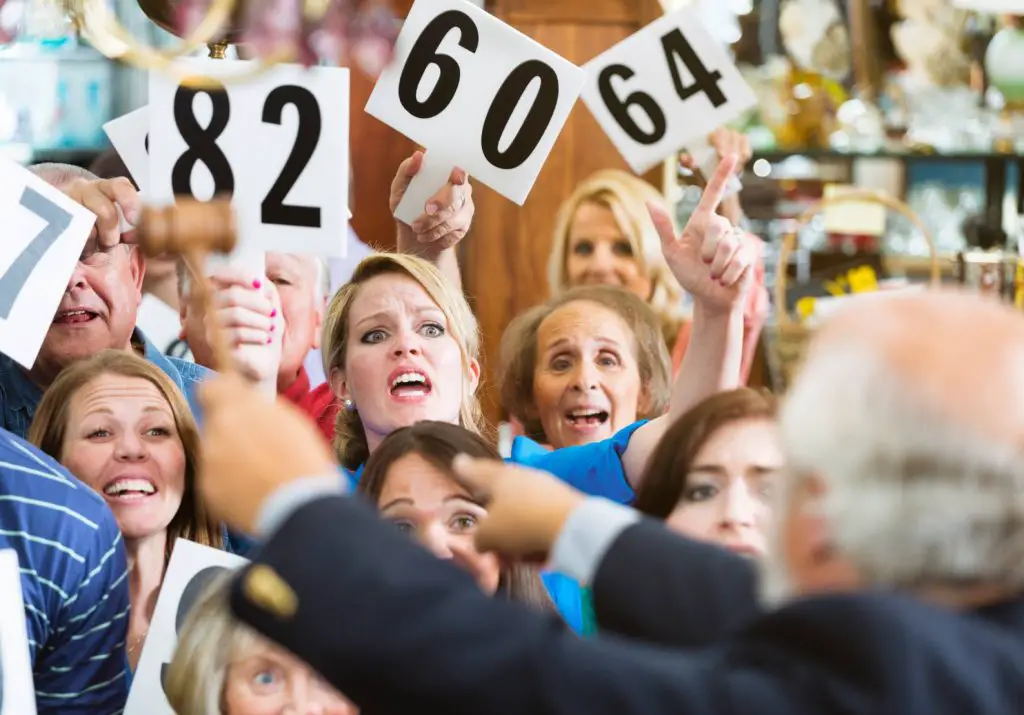
I’m not saying that you can’t get a good horse at an auction.
BUT (and it’s a HUGE but!) there are a TON of pitfalls you need to avoid.
I don’t recommend buying a horse at an auction, especially if you are a beginner.
Even if you have someone experienced with you, it’s still too risky. Many of the horses sold at auctions are problem horses that are being sold off cheaply.
Horses with serious health or behavioral problems are often sent off to auction. The sellers aren’t always upfront about any issues.
It is also far too common at auctions for horses to be given painkilling drugs and/or be sedated.
At an auction, there is no time to check a horse over. You can’t get a vet check, and you’ll need to evaluate and decide if a horse is worth bidding on very quickly.
Besides that, you’ll need to worry about shill bidders, and sellers that outright lie.
Even experienced horse owners need to be careful buying horses at auction.
If you are set on buying a horse at an auction, you should take along someone you trust. Preferably someone who has a LOT of experience of both horses and auctions.
But even then it’s still a big risk.
Buying from a private seller
Buying from a private seller allows you to have a much nicer experience compared to an auction.
You can take your time. Try out a few different horses, get all the necessary checks done. You can even arrange a trial before you fully commit.
If possible, try to get a word of mouth recommendation from someone in the local horse community. Obviously this should be someone whose opinion you can trust.
Alternatively, you can search through the classified ads online.
How to search for a horse online.

Searching for a horse online can be a bit overwhelming. So here are some tips and tricks to make it easier for you to find what you are looking for.
- Decide on an area for your search.
You’ll likely see horses that are listed not just across the U.S. but also around the globe.
You’ll want to see potential horses in person. So the first thing you need to do is to decide how far you are willing to travel and rule out any that are too far away.
- Filter for age, gender, and breed.
Most websites will let you use these basic filters, but you can narrow it down even further. If you are getting too many results, try adding filters for height, color, and price. Or add specific keywords to your search.
- Scan the listings and avoid any that say:
- “in foal” – this means that the mare is pregnant and cannot be ridden until long after the foal is born.
- “Tons of potential!” – this is likely to be an untrained horse.
- “Advanced rider needed” or “not suitable for beginners”.
- “High energy” “endurance prospect” or “spirited”. These are code words sellers use for horses that need a strong experienced rider.
- “Needs finishing” or “in training for…” indicates horses that are not yet fully trained.
If a horse is well trained and suitable for beginners, it should say so in the ad!
Here are some examples of key words and phrases to look for that show a horse is a good choice for beginners:
- Quiet
- Easy to handle
- Easy to catch
- Non-spooky
- Non-aggressive
- Calm
- Steady
- Halter accustomed
- Suitable for children
- Suitable for therapeutic riding
- Bombproof
- Anyone can ride
- Easy keeper
- Leads and follows
- Proven youth horse
- Fully trained
- Stands for grooming, farrier fly spray, etc
Tips for contacting sellers
Once you’ve got a list of potentials, call the numbers on the ads and have a chat with the seller.
This is much better than communicating via text or email. Talking directly you can get a real sense of the personality of the seller.
Ask as many questions as you can about the horse’s health and history. Ask about temperament, training, and experience. Don’t be intimidated because you are a beginner!
Use your instincts. You should be able to tell if a seller is not being fully open and honest with you.
If you get a negative vibe from them, follow your instincts. Scratch them off the list and move along.
You should also rule out any sellers with poor communication.
Leasing
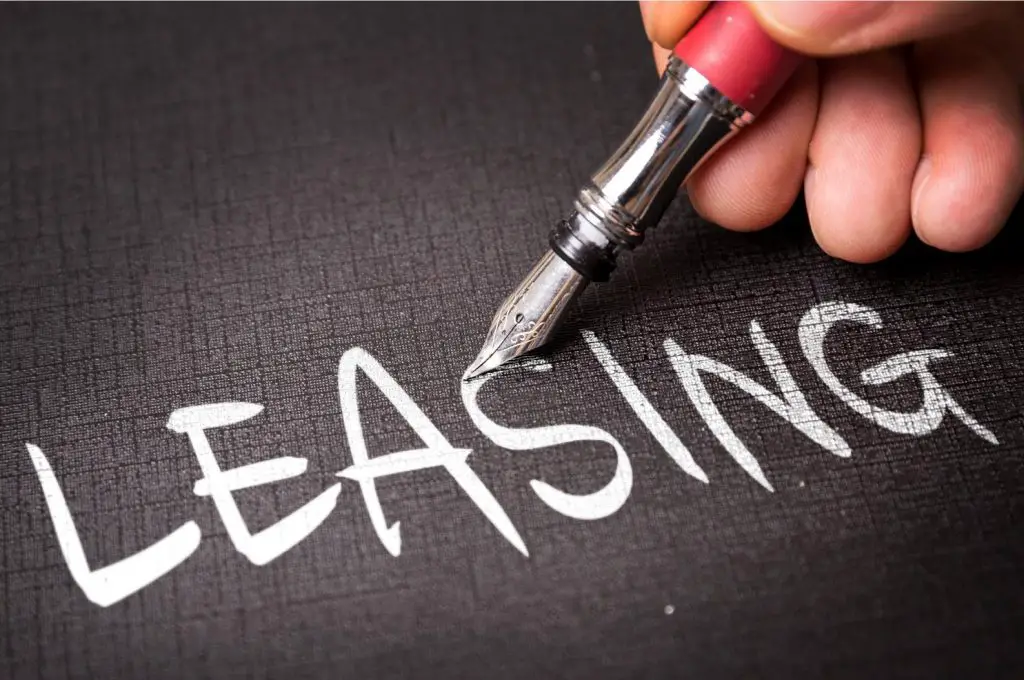
What’s so great about leasing?
Leasing (instead of buying) can be a great option for anyone who doesn’t have a large chunk of cash handy.
It’s also great if you don’t want to make a long-term commitment – like if you are going off to college in a year or 2 for example.
Each lease is different. So you will need to work out with the owner who’s responsible for what.
But the basic principle is the same as when you are leasing a car.
You are responsible for the care and upkeep of the horse. You pay for everything and have full use of the horse for the agreed lease period.
The only difference between leasing and having your own horse is that you don’t actually own the horse.
The obvious advantage of leasing is that you don’t need to pay a huge sum of money upfront. Usually, you will agree on a monthly fee.
Another advantage of leasing is that the owner is usually responsible for emergency medical bills. So you don’t need to worry about that.
You may still need to cover some vet bills. For things like worming and farrier care, so be sure to factor that into your leasing budget.
Leasing is great because it gives you a taste of horse ownership. But you don’t have to take on the full responsibility.
If you want to cancel the lease for any reason you can. Reasons for canceling could be financial, time-related, or if you are just not enjoying it.
How does leasing a horse work?
There are a few options when it comes to the types of lease you might come across.
You may find that an owner just wants someone to exercise their horse and ride them frequently. In which case the owner would keep the horse on their property and pay for all the expenses.
You would then pay a small fee to ride the horse regularly (an agreed number of times per week).
If you want a bit more responsibility, you could take on a lease that requires you to care for the horse. This would involve feeding, grooming, and mucking out as well as riding.
The specifics of your lease will depend on what you work out with the owner.
Many lease ads will already lay out the terms the owner is happy with. So you can look through until you find an option that works for you.
Always make sure that you get an official contract when leasing a horse.
When’s the best time to buy a horse?
If you want the best choice, spring and fall are the best times to look.
Horses tend to be a little bit cheaper in fall as sellers are keen to avoid “wintering” horses because of feed costs.
The cheapest time to buy is during the winter months but the choice is limited in the winter.
Best websites to look for horses
- Dreamhorse
Dreamhorse classifieds have been going since 1998. Since then they have listed over 2 million horses for sale.
You can find horses for sale, for lease, and for trade.
- Equine.com
Over 10,000 horses per year are sold on Equine.com.
You can search by breed, activity, and state, and you can filter for age, height, gender, and colors.
- Equine now.com
Equine now is a directory of horses and horse farms from across the U.S and Canada.
You can use this site to search for boarding, training, and lessons as well as to buy horses.
- Horseclicks.com
Horseclicks lists thousands of horses for sale throughout the U.S and Canada.
You can filter for private sales. It’s also easy to search for horses based on state, height, gender, color, breed, and price.
21 tips for viewing horses
- Wear something you can ride in – you’ll need boots and a helmet too. You should be prepared to ride, but never ride a horse if you don’t feel confident doing so.
- Make a checklist of what you are looking for and any dealbreakers and take it with you to each viewing.
- Get your head in the game – you are going to evaluate the horse not cuddle it for an hour! Have a clear plan and know what you are looking for.
- Pay close attention to his temperament and manners.
- Make sure you have good directions and try to get there on time.
- Maintain good communication with the seller.
- Take your instructor or a very knowledgeable horse person with you. Or do a video call/record video to show your instructor.
- You could also pay your trainer to do an inspection ride or 2.
- Film everything. You will likely be all caught up in the experience so you can check or have experts check the footage later. You can also compare videos of the different horses you are considering.
- Ask the owner to ride the horse for 5 or 10 minutes first so that you can observe. Get them to show you a walk, trot and canter. It’s also important to do this for safety reasons.
- Look around the place. Check the facilities and look at any other horses that live there. Sellers will prepare a horse for viewing. But you can tell a lot by looking at the other horses to see the condition and how they are being cared for.
- Check the horse’s stall for signs of bad habits. Are there any kick marks on the wall? Is the floor right by the door uneven? Has anything been chewed? These can be signs of mental disorders like weaving and cribbing. These are often impossible to cure.
- Lead the horse and groom them a little. Make sure you can halter, saddle, bridle, and mount/dismount the horse without any issues.
- Ask as many questions as you can think of and take notes/record the answers.
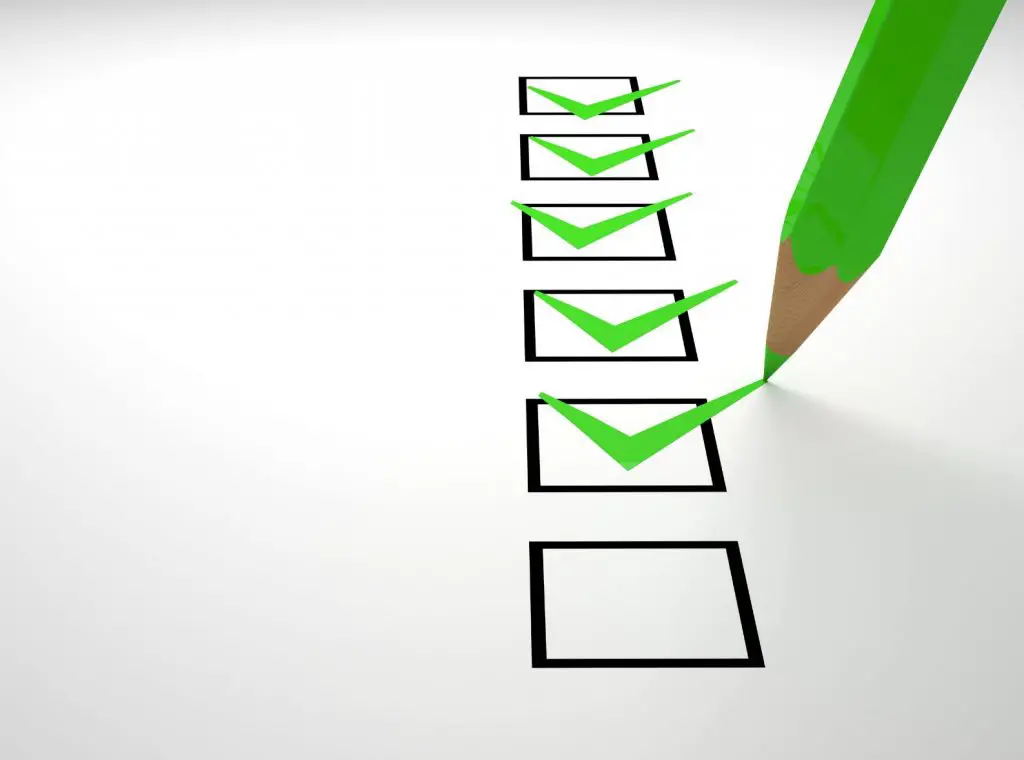
Here are some ideas of questions you might want to ask:
- How many owners has the horse had?
- How long have you had the horse?
- Do you know the horse’s full history?
- What experience does he/she have? (trail, competition etc)
- What kind of activities is the horse used to?
- How would you describe her/his temperament?
- How is the horse around children?
- How is he/she around other horses?
- What limits are there to his/her capabilities?
- What’s the reason for the sale?
- How does the horse behave in traffic?
- What’s it like getting the horse in and out of a trailer or horsebox?
- How is he/she with the vet and farrier?
- How much exercise does he/she need?
- Is the horse on medication or taking supplements?
Good sellers should have plenty of questions for you, too! So be prepared with honest information about your needs and riding ability.
- Be confident – if a horse isn’t a good match for you, say so politely and move on.
- Only negotiate the price once you have seen and ridden the horse and are ready to buy.
- Ask if the owner is open to renting for a few weeks before you buy. A “trial period” can often be arranged. This may involve you leaving the horse with them and visiting on a regular basis. Or taking the horse with you for a down payment.
- Get a vet check after your first viewing.
- Don’t turn up with a trailer – you will ruin your chances of negotiation!
- Don’t go looking at horses that are over your budget. However, if you have good reason to think the seller is open to negotiation – then it’s ok. Look at horses that are up to 20% more than you are prepared to pay. Getting more than a 20% discount is unrealistic.
- Don’t be afraid to see a horse 2 or even 3 times before you buy. Second or third viewings allow you to ride in different environments at different times of the day. They also let you perform a variety of tasks like loading them into a trailer or tacking them up from scratch etc.
How to negotiate the price
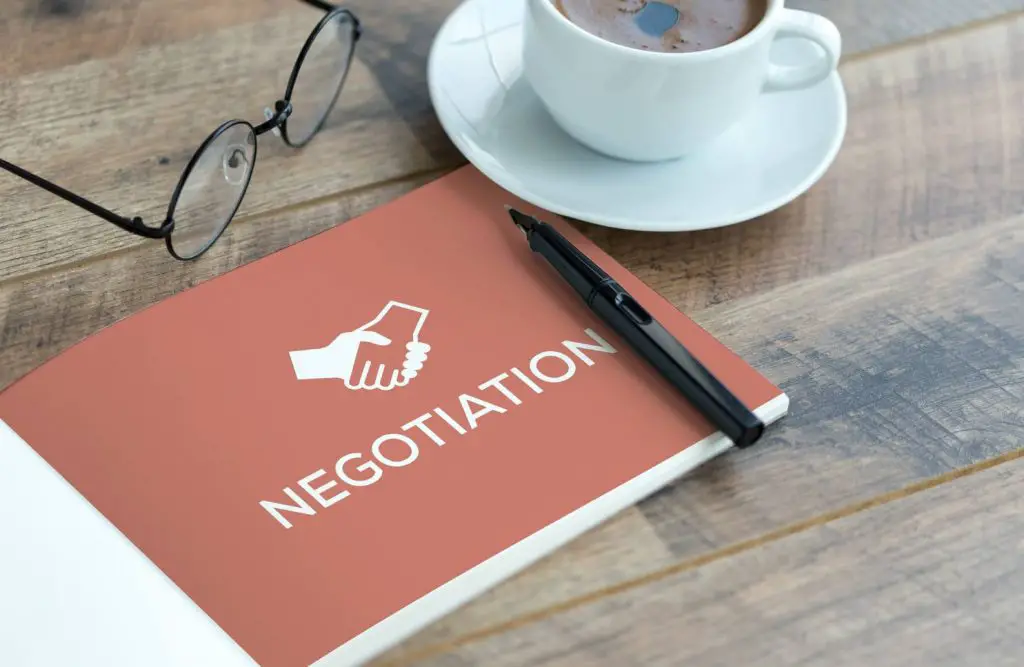
Most horse sellers will be open to negotiation.
In fact, many sellers set their prices a little higher to allow for a small discount.
However, the amount of wiggle room on the price of a horse depends on several factors.
Sellers are thinking about how well their horse meets demand. Also they are thinking how quickly it’s likely to sell. Their own personal financial situation may factor in (do they need money quickly?) and also whether they think the buyer will provide a good home.
As a buyer, you should know the going rate of the type of horse you want to buy. This allows you to decide how fair the asking price is.
It’s also important to hide your enthusiasm! If the seller thinks you have fallen in love with their horse they are not going to lower the price for you.
Remember that negotiation isn’t always about price. You can ask them to throw something in to sweeten the deal.
If a seller won’t budge on the price, a great thing to ask for is for them to deliver the horse to you.
Never give in to pressure. Sellers love to create a sense of urgency to get you to buy.
They will say things like “we have had a lot of interest” or “don’t wait too long – this one will go quick”.
Ignore statements like these and keep your cool.
If a horse does happen to sell before you are ready to buy, it wasn’t meant for you and you will find another one.
What type of vet check do you need?
Never, ever buy a horse without getting a vet check.
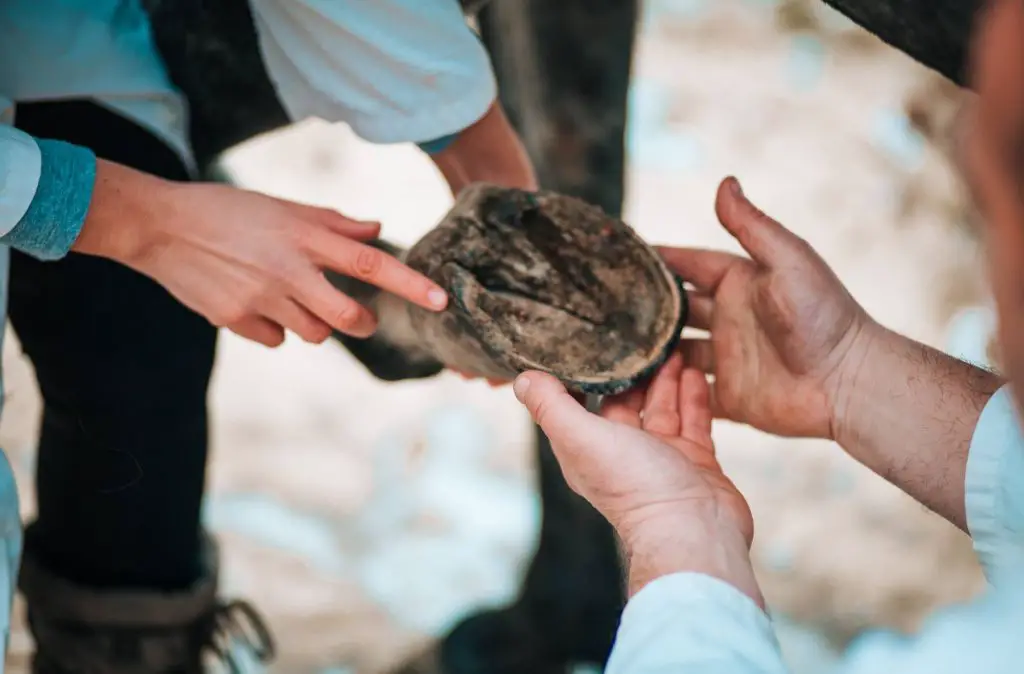
Why?
Because you want to avoid the utter heartache and huge medical expenses that come with buying an unsound horse.
There are bad sellers out there who will drug horses to hide problems.
Here are the main 3 types of drug a horse could be given to help it to sell:
- Painkillers – to mask injuries and lameness.
- Sedatives – to mask unwanted behaviors.
- Stimulants – to enhance performance.
It’s not always the best idea to use a vet recommended by the seller. You should use your own vet or a third-party independent vet.
You can ask for vet recommendations on local forums if you are unfamiliar with the area.
If possible, you want to be there while the vet check is being done. That way you can ask questions, clarify that the information you have been given is correct. And also get the vet’s expert opinion.
There are 2 main options when it comes to getting a horse vetted.
A 2 stage vetting, or a 5 stage vetting.
Let’s look at what’s included in each.
2 stage vettings
In stage 2 vetting, the bulk of the examination is done while the horse is at rest.
Your vet will check the horse’s eyes, teeth, skin, heart and lungs.
Then the vet will observe the horse walking and trotting on flat ground to check for stiffness.
A flexion test will be done on all four legs. This is where the vet bends each leg and holds it in a flexed position.
Sometimes lunging on a hard circle is also included in the test.
A blood sample is taken and put into storage. This is so that you can get the blood tested (at further cost) at a later stage if there is a problem.
5 stage vettings
The best way to thoroughly check out a horse before buying is to ask for a five-stage vetting.
A five-stage vetting includes everything in a 2 stage vetting. But extra tests are done after the horse has been exercised.
This allows the vet to check the horse’s breathing and heart rate more thoroughly.
It also allows the vet to check the horse’s recovery rate.
At stage 5, a much more thorough examination is done. This can reveal back problems, subtle or initial signs of lameness. It also screens for gastric ulceration, teeth problems, and more.
The horse is left to rest for around 30 minutes. Then is tested again for any signs of lameness. These signs should be more clear after the period of exercise.
A stage 5 vetting gives you greater peace of mind. It can also potentially save you thousands of dollars in medical bills.
Once you have the vet’s report, you should read it through carefully.
It’s also a good idea to send a copy of the report to your chosen insurer. They may want to adjust your policy based on the vet’s findings.
Final thoughts:
Buying your first horse is super exciting, but it’s not something that you should rush into.
Finding a suitable horse requires patience and lots of careful consideration.
It’s easy to get carried away – but it pays to give yourself plenty of time and fully enjoy the shopping part!
Do your research. Get expert opinions from your instructor and vet and ask the right questions.
Follow your intuition and the advice in this guide and you should avoid the many pitfalls of buying a horse.
Happy shopping and I hope you find the perfect horse for you!

